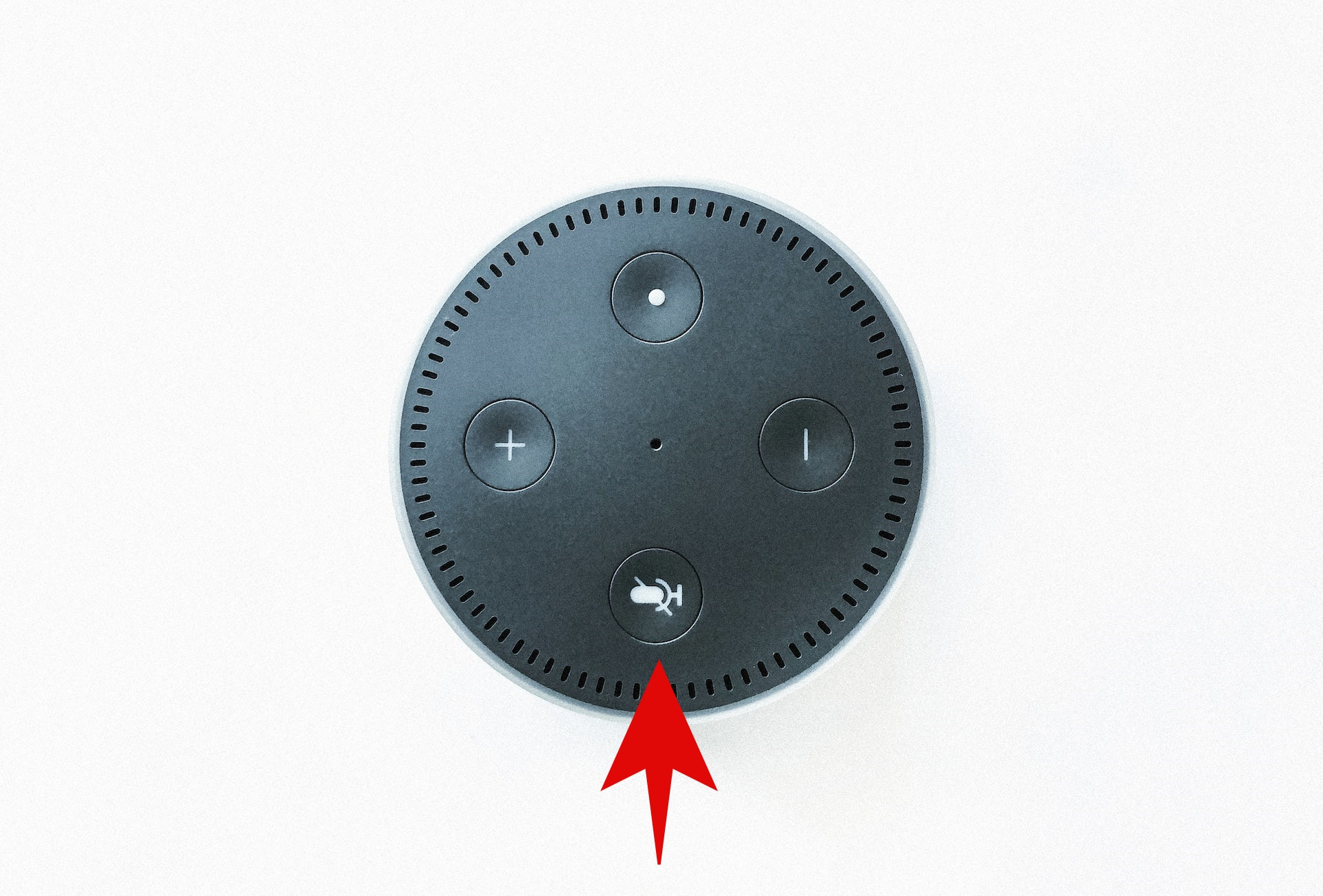Alexa, Amazon’s virtual assistant, is designed for convenience and connection. But its features raise privacy concerns, leading many to ask: Can You Spy On Someone With Alexa? This article explores the potential for misuse, security risks, and how to protect yourself.
While intended for communication with family and friends, features like Alexa’s “drop-in” function can be exploited for eavesdropping. This feature allows authorized contacts to connect to your Alexa device without requiring you to answer. While convenient for checking on family members, it also presents a potential avenue for unauthorized access and surveillance. Only individuals granted permission can utilize the drop-in feature, requiring initial authorization from the device owner.
 alt text: A person using an Amazon Echo Show device to communicate with someone via video call.
alt text: A person using an Amazon Echo Show device to communicate with someone via video call.
How Does Alexa’s Drop-In Feature Work?
Initiating a drop-in is straightforward:
- Via the Alexa App: Open the app, navigate to the Communication icon, select Drop In, and choose the desired contact or device.
- Via Voice Command: Simply say, “Alexa, drop in on [contact or device name].”
Remember, initial permission is required before a drop-in can be initiated. Once granted, subsequent connections don’t require further approval.
Does Alexa Record Conversations?
Alexa is always listening for its wake word (“Alexa,” “Amazon,” or “Echo”). However, recording only begins after the wake word is detected. While Alexa retains voice recordings, these are primarily command requests, not continuous conversations.
What Does Alexa Record and What Happens to the Recordings?
Alexa records the specific requests you make, such as recipe searches, adding items to shopping lists, finding lost devices, or initiating drop-ins. These recordings are sent to Amazon’s cloud for processing and generating appropriate responses. Once the request is fulfilled, Alexa stops recording.
You can access and manage your voice recordings through the Alexa app:
- Open the Alexa app.
- Tap the More icon.
- Select Activity and then Voice History.
Within Voice History, you can review, sort, filter, and delete recordings. You can also disable recording entirely:
- Navigate to Settings in the Alexa app.
- Select Alexa Privacy, then Manage Your Alexa Data.
- Choose “Don’t save recordings.”
 alt text: A person using an Amazon Echo Show device to communicate with someone via video call.
alt text: A person using an Amazon Echo Show device to communicate with someone via video call.
Can Alexa Recordings Be Used in Court?
While Amazon prioritizes user privacy, voice recordings can be subpoenaed for legal proceedings if deemed substantial evidence. Courts typically require expert analysis to validate the authenticity of such recordings. There have been instances where Alexa recordings were used in court cases, highlighting the potential legal implications of these recordings.
Limitations of Spying with Alexa
Despite the concerns, spying on someone using Alexa’s drop-in feature has limitations:
- Notifications: The receiving device notifies users with a distinct ring and visual cue when a drop-in is initiated.
- Limited Range: Effective spying requires proximity to the target device.
- Authorization Requirement: Initial permission is mandatory for drop-ins.
- Do Not Disturb Mode: This feature prevents incoming communications, including drop-ins.
- Two-Way Communication: Drop-in is bi-directional, meaning the initiator is also audible and potentially visible to the recipient.
Protecting Yourself from Alexa Spying
To further enhance your privacy:
- Mute the Microphone: Utilize the microphone mute button on your device.
- Disable Drop-In: Turn off the drop-in feature entirely or restrict it to trusted contacts.
- Enable Notifications: Ensure notifications are active to alert you of drop-in attempts.
- Distance or Power Off: Maintain distance from the device or turn it off when privacy is paramount.
- Delete Voice Recordings: Regularly delete recorded data.
- Use Camera Privacy Shutter: Utilize the physical shutter on devices equipped with cameras.
- Secure Your Wi-Fi Network: Implement strong security measures, such as a VPN.
- Authorize Trusted Individuals Only: Grant device access only to trusted contacts.
Broader Security Issues with Alexa
Beyond specific spying concerns, Alexa has inherent security vulnerabilities:
- Unintentional Activation: External audio sources can inadvertently trigger Alexa’s wake word.
- Hacking Risks: Malicious actors can exploit vulnerabilities to gain unauthorized access.
Conclusion
While Alexa offers convenience, it’s crucial to understand its privacy implications. By taking proactive steps to secure your device and manage its features, you can minimize the risk of unauthorized surveillance and protect your privacy. Utilizing security tools and staying informed about potential vulnerabilities are crucial for safeguarding your information in an increasingly interconnected world.